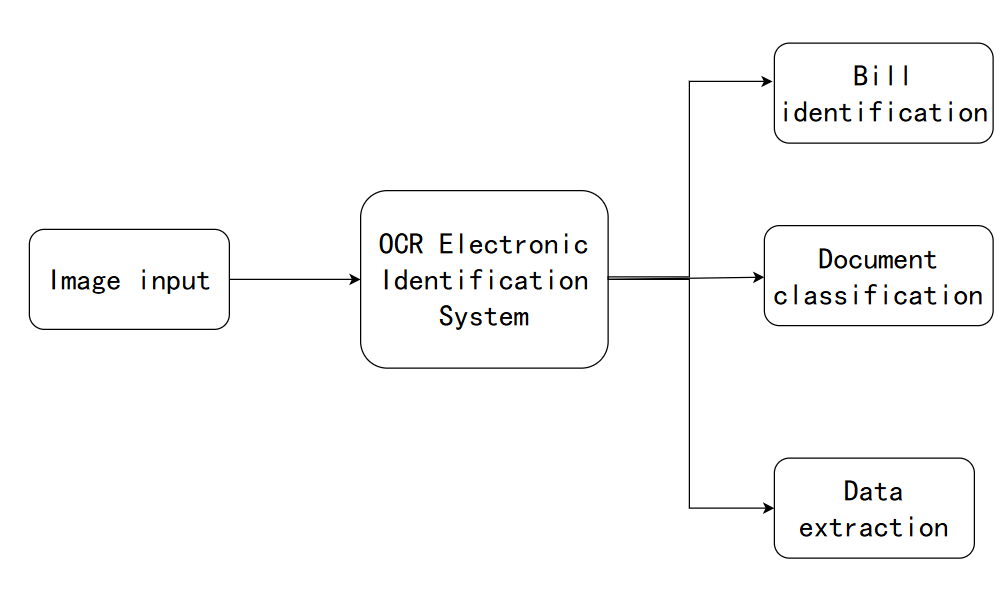In today's information-saturated landscape, organizations process massive volumes of structured and unstructured documents daily—invoices, contracts, reports, application forms, and other paper records. Manual data entry, classification, verification, and archiving of these materials prove time-intensive, error-prone, and inadequate for modern demands of efficient, accurate, and intelligent information processing.Concurrently, national policies promoting digital office workflows, paperless approvals, intelligent finance, and electronic records management drive escalating demand for automated document processing and AI-powered data extraction. Rapidly converting paper-based assets into structured, searchable, and archivable digital data has thus become critical for organizational digital transformation.Advancements in Optical Character Recognition (OCR) technology—particularly AI-enhanced deep learning models—now enable high-accuracy recognition across diverse document types with automated key information extraction. OCR-based document digitization solutions dramatically improve data processing efficiency, reduce labor costs, and elevate information management intelligence, positioning them as essential enablers of enterprise digital transformation.
OCR Electronic Recognition Solution
Published: 2024-12-15
Project Context
Objectives
This initiative establishes a high-precision, easily-integrated OCR system adaptable to multiple business scenarios, comprehensively automating and intelligentizing document processing:
Improve Document Processing Efficiency
Quickly recognize document content through OCR technology, greatly reducing manual entry and review time.
Multi-Format Financial Document Support
Intelligent parsing of invoices, receipts, IDs, contracts, and other business documents.
Achieve Automatic Document Classification and Filing
Automatically identify document types through image features and text semantic analysis, achieving document classification storage and process triggering.
Structured Data Integration
Seamless export of extracted data to ERP, financial, and OA systems.
Accuracy & Compliance Assurance
AI validation mechanisms ensuring ≥99% data precision and regulatory adherence.
Extensibility Framework
Open API architecture supporting custom development and scenario expansion.
System Architecture

OCR Electronic Recognition System Architecture
The system starts from image input, and through the OCR electronic recognition system core engine, it achieves the three core functions of receipt recognition, document classification, and data extraction, building a complete intelligent document processing workflow.
Solution
The OCR electronic recognition solution's overall architecture is divided into three core modules: image acquisition and preprocessing, OCR recognition engine, and intelligent classification and data extraction. The system has powerful recognition capabilities and flexible integration extensibility.
Image Acquisition and Preprocessing
- Multi-terminal Support
- Image Enhancement Processing
- Multi-page Document Processing
OCR Recognition Engine
- General Text Recognition Model
- Receipt Template Recognition Library
- Table Recognition and Restoration
- Layout Analysis Capability
Intelligent Classification and Data Extraction
- Automatic Document Classification
- Key Field Extraction
- Information Verification and Error Correction Mechanism
System Integration and Service Platform
- Flexible Deployment Methods
- Open API Interfaces
- Backend Management Platform
- User Permission Management
Project Benefits
By implementing the OCR electronic recognition solution, enterprises will gain significant benefits from multiple dimensions:
Significantly Improve Document Processing Efficiency
The system can reduce the time required for manual entry processing tasks by more than 90%, improve overall operational efficiency, and shorten business process cycles.
Reduce Labor Costs and Error Rates
The recognition system automatically processes large batches of documents, effectively reducing manual intervention, avoiding repetitive labor and entry errors, and lowering operational costs.
Improve Data Accuracy and Usability
With deep learning models and verification mechanisms, ensure the accuracy of extracted data, reduce manual review pressure, and increase data utilization value.
Optimize Business Processes and Resource Allocation
Through electronic recognition and classification, promote business process automation optimization such as digital filing, electronic approval, and intelligent review.
Support Enterprise Compliance and Digital Transformation
Achieve full lifecycle digital management of receipts, ID credentials, contracts, and other documents, assisting core work such as financial auditing, risk control, and compliance tracking.
Enhance Enterprise Core Competitiveness
Build efficient, intelligent information processing systems through leading OCR technology, enhancing enterprise modernization capabilities in smart office, customer service, and financial processing.
Project Conclusion
This OCR solution is indispensable for enterprise digital transformation, converting paper documents into structured, actionable data assets. Beyond operational efficiency gains, it establishes trustworthy data foundations for evidence-based decision-making. Centered on document recognition, intelligent classification, and structured data extraction—with flexible deployment and open integration capabilities—the system delivers cross-industry value for finance, HR, logistics, healthcare, and government sectors. Future enhancements will expand industry-specific templates and integrate artificial intelligence, big data analytics, and knowledge graph technologies to advance adaptive OCR intelligence.